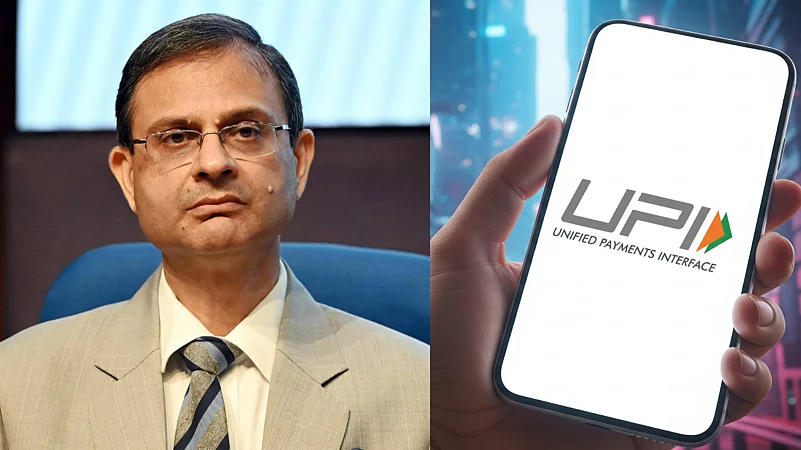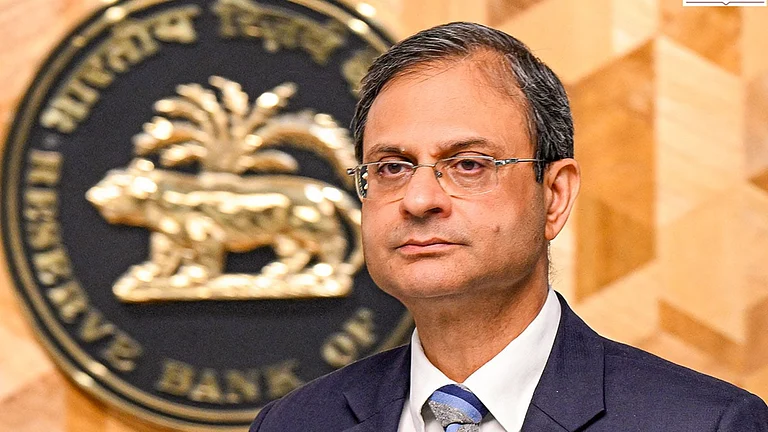The Unified Payments Interface (UPI) is undoubtedly India's most popular and user-friendly means for making digital payment. The technology has revolutionised the way India transacts. One reason for its popularity is that it is free for the users, namely retail consumers. However, a recent statement by Reserve Bank of India (RBI) Governor Sanjay Malhotra indicates that the popular payment method may not remain free to use forever.
At a recent event, Malhotra said that at present the government subsidises banks and other fintech ecosystem stakeholders to keep UPI free. However, the subsidised model may not be sustainable in the long-run. Malhotra's statement comes at a time when UPI transactions have seen a drastic surge. In the last two years the number of UPI transactions has doubled to six billion per day from 3.10 billion.
“As of now, there are no charges. The government is subsidising various players such as banks and other stakeholders. Obviously, some costs have to be paid. Someone will have to pay for it if the service is to be genuinely sustainable,” Malhotra said at the event organised by the Financial Express.
The UPI interface was developed by the National Payments Corporation of India (NPCI). In the past few years, UPI has led the boom in India’s fintech story. UPI allows users to send and receive money in real-time irrespective of the bank which the sender and the receiver use. The MDR (Merchant Discount Rate) for such transactions is nil.
Merchant Discount Rate (MDR) refers to a fee that merchants pay to the entities which process payments for enabling credit and debit card transactions. The MDR is generally charged as a fee deducted as a percentage of the total amount transacted. Payment processing entities use the MDR to cover costs related to the processing of payments.
The no-cost MDR helps NPCI in offering the ability to offer nil cost on transactions to UPI users. Apart from the speed and reliability of the interface, the fact that users are not charged a fee for making such transactions has also contributed to the broad-based adoption of UPI.
Malhotra added that the cost of running the interface reliably will have to be borne by either the users or the ecosystem collectively to ensure its viability. Malhotra’s latest statement is also indicative of a policy shift from the earlier zero MDR policy.
Earlier in 2025, several stakeholders from the fintech industry also raised concerns regarding the financial sustainability of the UPI ecosystem. Further, Malhotra clarified that the decision to extend the zero MDR policy or change it lies with the government.














